In many chiefdom societies, sacred groves were an essential aspect of village life. In some cases, these groves can encompass a large territory, in other cases they are just a few trees. It is thought that these groves originated in the time following the introduction of agriculture, for as the forests were pushed back to make way for fields, certain areas were ritualistically designed as special places, usually dedicated to a mother goddess figure and the related village deities. In a sense, the sacred grove is to the forest what domesticated cattle are to their wilder brethren. They are monitored and tended and have important roles in village rituals. Though agricultural deities might reign supreme in the fields, ancestral deities and fertility deities in a sense “needed” forests and groves. Groves are thus not just arbitrary leftovers of trees, but foundational to the identity and indeed to the survival of the village. Stated in a more rudimentary fashion, a sacred grove is not a piece of nature, but an institution that, depending on custom, controls ancestry, marriage, puberty, and even the cycles of agriculture itself. Sacred groves represent the moral authority of the elites and by extension of the entire village.
How does one explain the general uniformity of understanding regarding sacred groves? As a particular chiefdom society grows in population, groups leave to colonize a new area and to bend it to the needs of their agricultural perspective. They bring with them their set of conventional deities, but in a new setting where there is an institutional vacuum, they construct a grove where these deities can reside. The grove delineates the elemental continuity with past practices while at the same time reinforcing the power of the chief’s lineage. This means that instead of seeing agriculture after the fact as a patchwork of chiefdoms as we tend to do, we should see it in more dynamic terms like expanding soap bubbles, with the size of the bubble dependent on various internal and external conditions.
The Sani people who live in the Shilin region in southern China are a case in point. They came from areas near Dali some 600 kilometers to the west, but originally, they came from even farther away, namely from southeastern Tibet and belong to the Yi culture of the Sani that migrated in a southeasterly direction into southern China in various waves through Sichuan and into the Yunnan Province. These migrations of the ninth centure ce were not completely frictionless. But nor was their southward movement an accident, for as agriculturalists they were following the trail of entisols that extends like a tongue into a zone of less productive ultisols that support forests, but are poorly suited for continuous agriculture without the use of modern fertilizers.
The groves are located in the midst of amazing rock formations that themselves look like a landscape of frozen trees (Figure 9.8). The main deity of the groves is Mizhi, who is associated with community protection, prosperity, and bountiful harvests. Although variations exist between the practices of difi'erent Sani communities, the Mizhi Festival usually takes place for seven consecutive days in the middle of November. The festival starts with a one-day ritual ceremony at a village’s grove where a group of eligible male adults, headed by a shaman, conduct ritual services and offer sacrifices to Mizhi. Rituals include a hunting reenactment, the sacrifice of a goat, and a series of chants. At the conclusion of the ceremony, the sacrificial food is distributed and shared among all villagers: such sharing is a typical way to reaffirm both belonging and hierarchy. While the festival is taking place, all agricultural activities are forbidden, as it is believed that Mizhi is patrolling the cropland. An offence is likely to cause misfortune to the family and community. Only men are allowed in the grove. Women do not participate directly in the ceremonies, and must refrain from work.
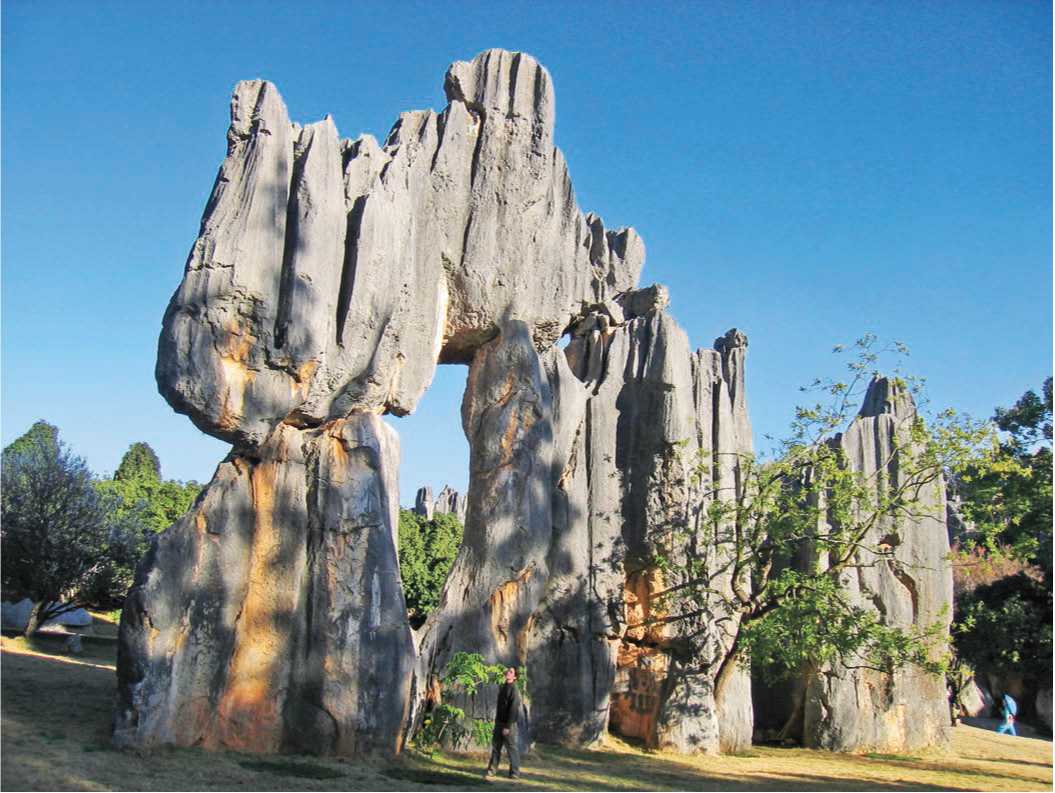
Figure 9.8: Shilin, China. Source: © Sebastian Boll (Http://creative-commons. org/licenses/by-sa/2. 0/deed. en)
The abundant cliffs are used as ancestor memorials. Small wooden boxes are placed in nooks in the stone, each containing a lock of an ancestor’s hair, a biography, and a small bamboo root, representing the soul of a deceased ancestor. These objects hang for years on the walls of Sani houses, increasing in number as the number of deceased increases. Afi:er several decades they are ceremonially interred in the cliffs, the final step in a lengthy burial process. Today tourists come to admire the amazing stone features of the landscape and miss the equally astonishing fact that the Sani had not only cleared the forest, but also re-engineered the landscape for rice production. The fields and the groves have to be seen as unity. The tradition of groves is hardly unique to the Sani. It can be found throughout southern China. In the region around the town of Menglunzhen, for example, the rice-growing communities there preserve sacred groves near their villages, parts of which are used for burial (Figure 9.9).6
In the Eastern Highlands of New Guinea, villages groves known as lugehaneta, are surrounded by a belt of colorful Cordyline plants, the redness of their flowers the traditional indicators of the life force. The plant serves as a conceptual fence through which none may pass except for senior men and women and then only at flxed periods afl:er sacriflcing a pig that was consumed during ceremonies around the enclosure. At the center of the grove, there is an area fenced in by wooden posts and in the center of that on a small mound grows a lily with a sacred stone buried under it. Only the sanctuary’s guardian is allowed to enter the interior zone. His job is to tend the plant since its well-being reflects the health of the community. For the posts only wood of a special hardwood tree will do. Furthermore, the posts are themselves believed to be charged with power and must be protected from being stolen by enemies. 7
Even though Japan has a deep culture of sacred forests, these have to be difierentiated from the shrines, itsu no iwasaka, set up for the village deities. Itsu no iwasaka literally means “sacred enclosure” and they ofl:en have a rock at the center. In some places, a sakaki tree, a small evergreen with shiny leaves indigenous to Japan, is planted. It acts as an invocation of the deities, known in Japan as kami, who are thought to inhabit the natural world. Around this there is a kamigaki, which means literally “kami’s fence,” that protects the square area within which is reserved for the deities to occupy and move about in. It is also known as himorogi, which means “divine fence” and serves as a site for rites and festivals in which deities and man participate jointly (Figures 9.10 and 9.11).
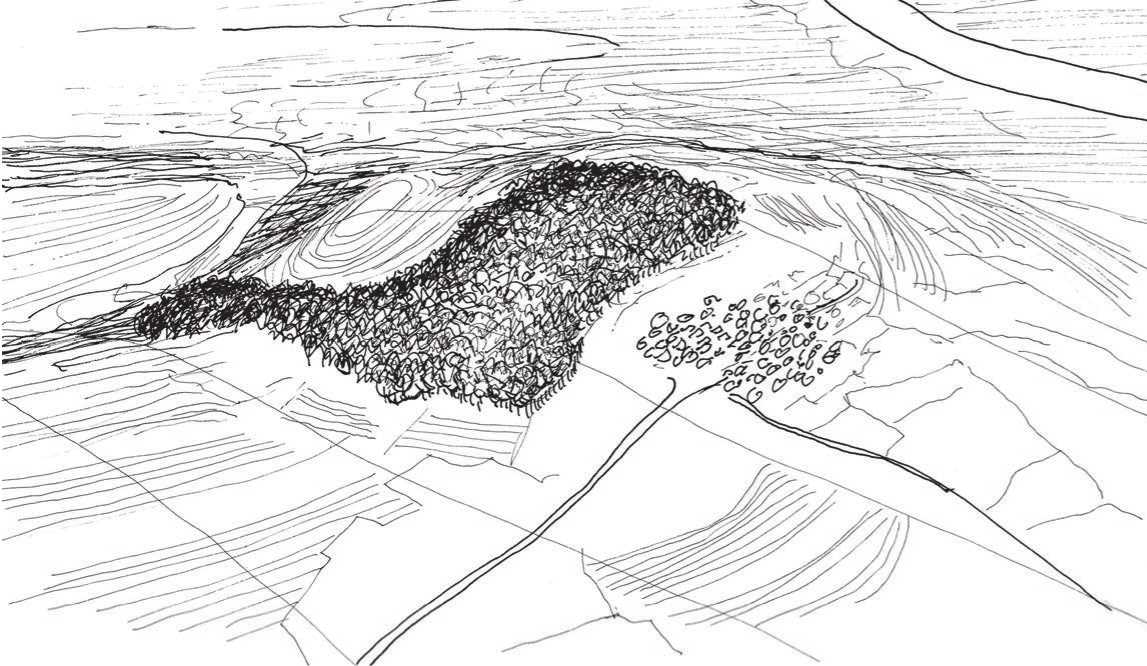
Figure 9.9: Daka Village, Yunnan Province, China, with its rice helds and sacred grove. Source: Mark Jarzombek
Groves are particularly important in the Niger-Congo area where agriculture and forest life exist in close proximity to each other. The Yoruba people, for example, have a sacred grove founded some four hundred years ago that is dedicated to Osun, the goddess of fertility. A century ago there were many sacred groves in Yorubaland: Every town had one. Most of these groves have now been abandoned or have shrunk to quite small areas. The Osun Grove, however, has survived and is an active religious site where daily, weekly, and monthly activities take
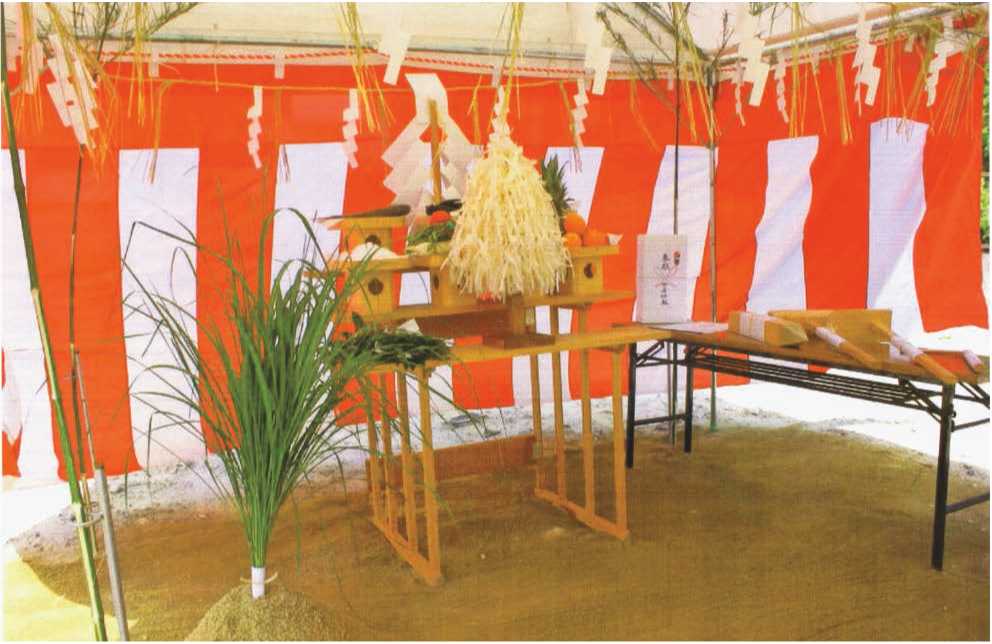
Figure 9.10: Himorogi erected for ground-breaking ceremony, Japan. Source: © Urashimataro (Http://creativecommons. org/licenses/ by-sa/3.0/deed. en)
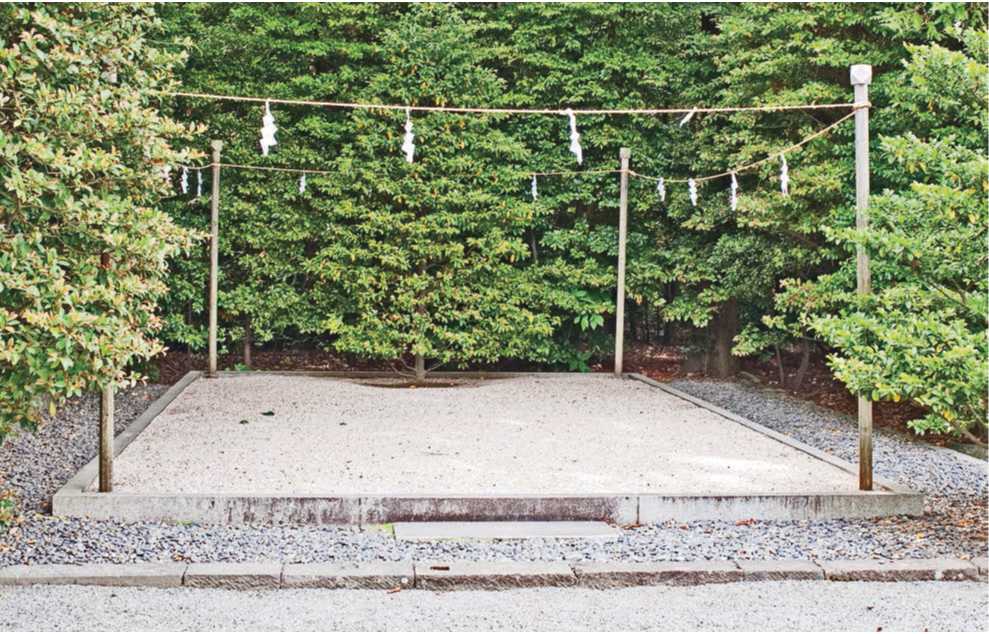
Figure 9.11: Himorogi of Amenhoho-Hinomikoto, Japan. Source: © OpenCage (Http://creativecommons. org/licenses/by-sa/2.5/deed. en)
Place there. In addition, an annual summer-time processional festival reestablishes the mystic bonds between the goddess and the people of the town (Figure 9.12).
The Luo in Kenya believe they were born in a sacred forest hill known as Got Ramogi. The Temne people, who are related to the Baga who live in small chiefdoms within Sierra Leone, are socially regulated by secret male and female societies. During initiation rites into these societies, young girls are led to a sacred grove by a river. At the head of the procession, the leader carries a female figure, which is a representation of an ideal woman. At the grove the girls learn the secrets of womanhood, and undergo a clitoridectomy. When the initiates have completed their training, they are presented to the community as fully mature women. Similarly, the elders of the Dossi (Central Burkina Faso, Mali) initiate young men and women in a sacred grove. The initiation lasts fifteen days, during which the young men and women learn the secrets of the masks. Tanoboase Sacred Grove in Ghana is thought to be the residence of Taakora, the greatest of earthly gods. Apart from the water and dark woods there is a striking outcrop of sandstone rocks.
Figure 9.12: A shrine in Osun-Osogbo sacred grove, Nigeria. Source: © Alex Mazzeto (http:// creativecommons. org/licenses/ by-sa/3.0/deed. en)
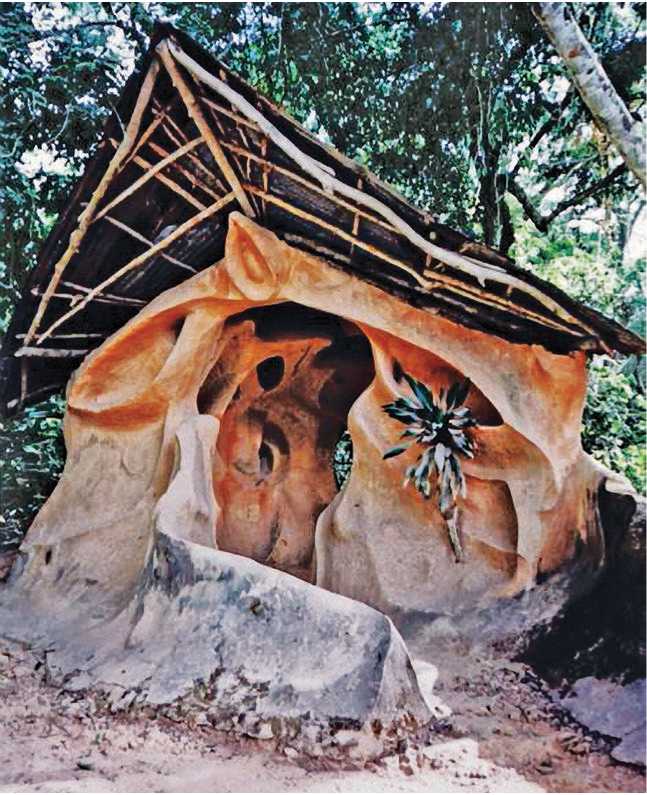
A typical case of the simultaneous creation of grove and village can be found in northern Ghana. The village known as Malshegu was founded, for example, in the eighteenth century by settlers from the north. They cleared the land for grazing and agriculture, but left a patch of forest as a sacred grove just to the south of their village. It consists of tall, predominantly deciduous trees that form a more or less complete canopy, standing relatively isolated against the open land around it. The grove and its associated deity, Kpalevorgu, play a pivotal role in the community’s life. Kpalevorgu is the supreme male god, the creator of all things and responsible for fertility, and lineage stability. The land of the grove, however, is considered female, and is represented by tindana, the woman custodian of the grove who is also the community’s most powerful religious leader. She lives in a special compound not far from the grove. All forms of farming and grazing in the grove are, of course, prohibited and entrance is only permitted twice a year during festivals known as Kpalna that include a grand village-wide meeting and various prayer rituals in honor of Kpalevorgu. These festivals take place in May and October to mark the beginning and ending of the agricultural season. Failure to comply with the rules protecting the grove or to not participate in these festivals will ofi'end and dishonor the Kpalevorgu and can bring misfortune to the ofiender, his or her family, and perhaps even the whole community.8 Though a modern road was put through only a few meters from the edge of the grove, the villagers were able to convince the authorities to reroute the telephone poles around the grove rather than cut through it.
Ancient Europe also had a long tradition of groves. Almost every tribe in Gaul seems to have possessed a sacred meeting place surrounded and protected by trees.
The Romans and even the Greeks had a deep attachment to sacred groves. The one at Nemi near Rome, Italy was consecrated
To the goddess Diana (Artemis in Greek), the divinity of the hunt. The shrine of Dodona, originally an oracle of the Mother Goddess, which came to be shared by Zeus, dates back to about 2000 bce and is regarded as the oldest Hellenic oracle. Within an enclosed grove of oak trees, priestesses and priests would interpret the rustling of the leaves to determine the correct actions to be taken. The destruction of such groves was seen with the same horror that would attend the burning of a temple or church today. Julius Caesar destroyed the sacred groves of the Gauls in attempts to assert his control. The Chinese knew this technique as well. In southern China in attempts to assert their control they would sometimes ignore community attempts to defend the tradition of communal sacred groves, cutting down the groves and selling the wood.9 The purposeful destruction of groves for military and political purposes goes even further back in time. In The Epic of Gilgamesh, Gilgamesh destroyed a tree that was in a sacred grove dedicated to the mother goddess Ishtar.
Village groves are particularly numerous in India and are so sacred that they are in many places the last bastions against modern-day encroachments. The list includes Ka Khlan Kyn-tang and the Shillong Sacred Forest, both in the East Khasi Hills, the latter revered as nothing less than the navel of the earth. In the still largely rural area of Tamil Nadu, almost every village still has a sacred tree [sthala vriksha] or a “temple forest” [kovil kaadu] related to the Mother Goddess in one of her many guises—Kaali, Amman, or Ellai Pidaari. She is seen as the original shakti [female power] and it was from her, according to local lore, that Shiva, Vishnu, and Brahman were created. The goddess wields a great deal of power and if her groves are not properly protected, she can punish the entire community by bringing disease or crop failure. She is worshiped by means of votive offerings that are placed under the trees and are in the form of cult statues, about 20 centimeters tall and consist of a cylindrical body and a face usually with big eyes.
Each of these sacred groves has associated with it a special shrine dedicated to village deities. These deities, some of which belong to particular castes or clans, are protagonists in a complex fabric of mythologies and tales that spell out the conditions of order and morality in the village. In Tamil Nadu, groves and village shrines are inevitably “protected” by a large figure of a horse, sometimes with a rider sometimes without (Figures 9.13 and 9.14). Many of the horses that one sees today are concrete and painted in bright yellows, blues, and whites. Some, however, are still being created from clay and are left natural. This is Aiyanar (also Ayyanaar), a god unique to the Tamils; though he acts as rain-maker who brings prosperity to the fields, his primary mission is to patrol village borders and protect its inhabitants from harm. Swift and fierce, and holding a sword in his hand, he makes the rounds of the village and its nearby fields at night and should one happen to encounter him in the dark, confrontation is to be avoided if one values one’s life. Despite the need for respectful distance, villagers can communicate with him—by placing paper messages against his sword. Often the solutions are revealed in dreams. The horse figures date to around 400 ce with the introduction of horses and chieftain society into the area. The new more militaristic culture in a sense fused with the older goddess-oriented village culture.10
That the modern world has an intrinsic interest in mitigating the power of sacred groves is obvious, which is at least partially why so many have been lost in the last century and why some of the remaining ones in Africa and Asia serve now as rallying points for local communities. Groves are threatened by logging, roads, urban expansion, and development. A glaring example of this is on Chale Island, a 22-hectare island of coral rock a few hundred meters from the western shores of Kenya. It is sacred to the Digo who bring prayer offerings and put them in recesses in the coral cliffs that surround the island. Tourist development of the island began in the mid-1980s and now with the construction of hotels, these areas are off limits to all—including the Digo—except paying guests. A sign on the road says “Welcome - Benvenuti - Willkommen to Chale Paradise Island”—but a paradise for whom?11
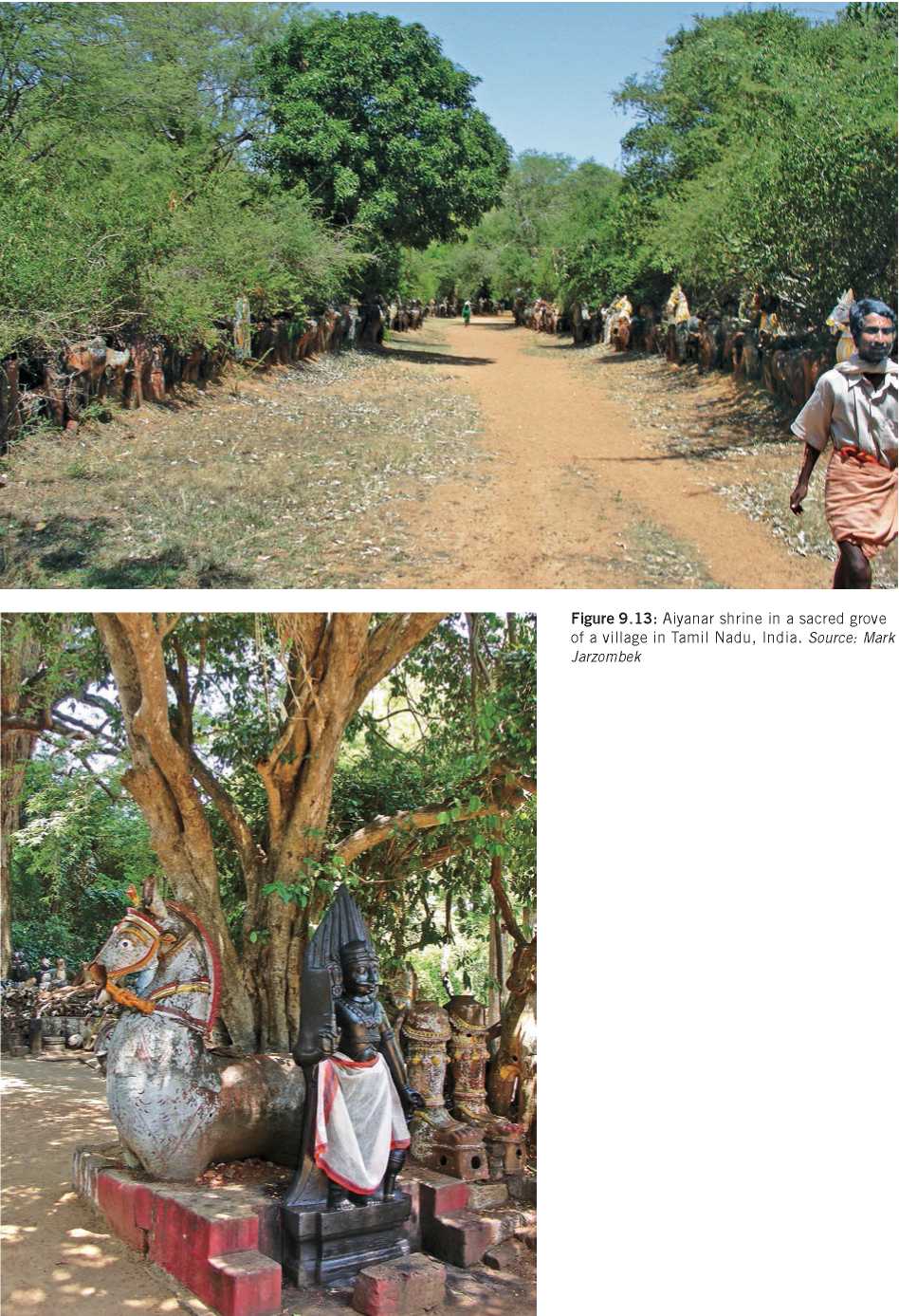
Figure 9.14: Aiyanar shrine in a sacred grove of a village in Tamil Nadu, India. Source: Mark Jarzombek
ENDNOTES
1. Richard J. Parmentier, The Sacred Remains, Myth, History and Polity in Belau (Chicago: University of Chicago Press, 1987).
2. Theron Douglas Price, Europe’s First Farmers (New York: Cambridge University Press, 2000): 61-64.
3. Robert L. Carneiro, “What Happened at the Flashpoint? Conjectures on Chiefdom Formation at the Very Moment of Conception,” Chiefdoms and Chieftaincy in the Americas, ed. Elsa M. Redmond (Gainesville: University Press of Florida, 1998): 18-42.
4. David W Anthony, The Horse, the Wheel, and Language: How Bronze-Age Riders from the Eurasian Steppes Shaped the Modern World (Princeton, NJ: Princeton University Press, 2007): 160.
5. Enrico Guidoni, Primitive Architecture. Translated by Robert Erich Wolf (New York: Rizzoli, 1987): 13-16.
6. Mark Bender, “Review of Lunan Yi Nationality Mizhi Festival Ceremonial Songs, Translations, Lu-nan Yi Ancient Texts Series,” Asian Folklore Studies, 60/1 (2001): 168-172.
7. Heinrich Aufenanger, “Notes on Animism and Magic Practices of the Eastern Highlands of New Guinea,” Asian Folklore Studies 24, no. 1 (1965): 117-128.
8. Clement Dorm-Adzobu, Okyeame Ampadu-Agyei, and Peter G. Veit, “Religious Beliefs and Environmental Protection: The Malshegu Sacred Grove in Northern Ghana (Nairobi: World Resources Institute (WRI), 1991) [accessed June 10, 2012] Http://pdf. usaid. gov/pdf_docs/PNACA562.pdf.
9. Margaret Byrne Swain, “Native Place and Ethnic Relations in Lunan Yi Autonomous County, Yunnan,” Perspectives on the Yi of Southwest China, ed. Stevan Harrell (Berkeley: University of California Press, 2001): 182.
10. Mark Jarzombek, “Horse Shrines in Tamil India: Reflections on Modernity” in Future Anterior, vol. 6, no. 1 (Summer 2009): 18-36. Nanditha Krishna and V Bhavani Shankar, “Conserving the Ecological Heritage—Sacred Groves of Tamil Nadu,” Conservation of Forest Eco Systems 7: 55-59. Ulo Valk and S. Lourdusamy, “Village Deities of Tamil Nadu in Myths and Legends: The Narrated Experience,” Asian Folklore Studies 66, no. 1/2 (2007): 179-199. David Dean Shulman, “Outcaste, Guardian and Trickster: Notes on the Myth of Kattavarayan,” Criminal Gods and Demon Devotees: Essay on the Guardians of Popular Hinduism, ed. Alf Hiltebeietel (Albany: State University of New York Press, 1989): 35-68.
11. Nyamweru Celia, “Sacred Groves Threatened by Development: The Kaya Forests of Kenya,” (March 25, 2010) Http://www. culturalsurvival. org/ourpublications/csq/article/sacred-groves-threatened-Development-the-kaya-forests-kenya [accessed September 10, 2012].




 World History
World History









